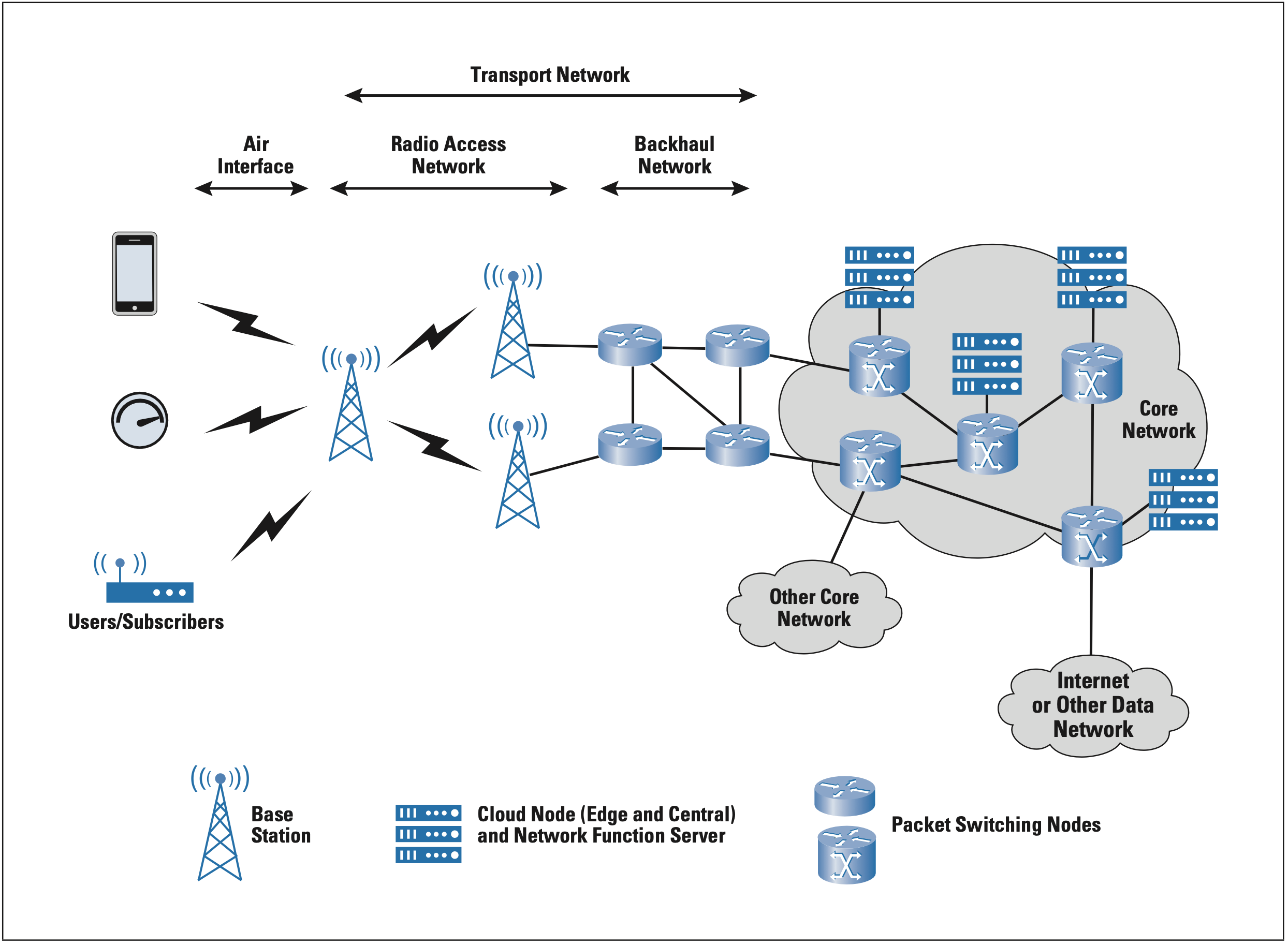Is 5G really going to replace 3/4G?
#Matthew Cowen
A recent report examined the tech infrastructure investment gaps identified after a series of interviews with the telecoms firms in the region. The conclusions estimated the total dollar amount of the investment gap and offered several policies and proposals to address it. This is a classic gap-analysis report and a well-trodden deliverable from just about any consulting firm.
One of its main themes is the lack of investment in telecoms infrastructure, such as 5G. While this may be objectively true, there are reasons for this, and I’d like to discuss 5G in the Caribbean in detail. I’ll start with this article about what 5G actually is. The second article will examine its implementation around the Caribbean and what we can expect from its real-world uses.
Its name alludes to its position in the cycle of developing telecom infrastructure. The numeral five tells us its version number. The G, in this case, stands for Generation. So, 5G is the fifth generation of mobile telecom standards and technologies.
A simplified diagram showing the configuration of a 5G network is presented in Figure 1. Please don’t get too lost in the technical details, it doesn’t matter for this discussion. However, if you’re interested, please have a look at the Internet Protocol Journal, Volume 26, Number 2 and Volume 26, Number 3.

Figure 1: Simplified 5G Infrastructure
Source: Internet Protocol Journal, Volume 26, Number 2
From this, you can see that deploying 5G is not just a case of adding a few more antennas and sending faster data down to your smartphone. Deploying 5G requires several major changes to the system, from ensuring the backhaul (the network that transmits data from the antenna to the back-end network and eventually the Internet) has enough capacity and stability to replacing much of the networking equipment used, for reasons of compatibility, capability, and many others.
This is a consequential investment for any telecoms company, particularly for Caribbean operators. However, the main investment is in the building, deployment, and maintenance of antennas. Telecoms companies often acquire land or need to sign leases to obtain rights to erect the equipment on existing land or buildings. Negotiations take time, effort, and a lot of money. Another major cost center is the obtention of rights to use the frequencies (typically called Spectrum) that 5G requires. The choice and use of spectrum is decided by the countries’ regulators themselves, often involving protracted negotiations and auctions that required telecom companies to bid to secure these resources. And this is even before the first bits of metal are delivered onsite for assembly! And as we can observe throughout the region, these onerous requirements have contributed to a stunted deployment despite the perceived need for such a technology.
But that’s a big question that reports like these tend to skip over. Demand is often taken as a given, not necessarily an objective estimation or analysis. It often relies on the assumption that 5G is actually necessary for development in regions like the Caribbean. There is plenty of reason to challenge that standpoint —without necessarily challenging the report’s outcomes— and it could be argued that the slow rollout suggests that there is little end user appetite for the mass adoption of the technology. Notwithstanding, the question of price dynamics when we consider markets that are traditionally skewed towards pre-paid offers rather than post-paid, something that I will discuss in a future article.
Although complementary, competing services like satellite telecommunications systems can often be considered more appropriate than the broad deployment of 5G, most smartphone use doesn’t require such impressive speeds—remember, 5G can download up to 1 Gb/s. Fixed systems like computers and other internet-connected devices require fast connections, so the need for omnipresent 5G is not that compelling. 5G is looking more and more like a hard sell.
Last year, Digicel owner and board chairman, Denis O’Brian said:
4G was a shocking business case in the Caribbean. 5G is a disaster
It is also supposed to fill the gaps left by previous deployments of telecoms technologies like 3G and 4G, something that hasn’t uniformly deployed in the Caribbean either. 5G is a lot faster and provides enough ‘space’ for many more simultaneous connections within a defined boundary. In other words, lots more people in the same area can connect and get a decent bandwidth. And this is a good use case, but tends to be limited practically. It is not every day there are 10s of thousands of people crammed into a small area in our region.
And 5G requires more antennae physically positioned to cover the same area as a 4G deployment. So 5G will not solve one of the main issues we have in the Caribbean regarding access to high-quality Internet networks, unless you live in a very densely populated area. Much of the population can be described as “Internet have-nots” and are rural and distant from urban areas, and 5G is just not suitable for this application either. This is observed when we look at current deployments of 5G in the Caribbean and further afield.
One example is Martinique, where the operators have only just enabled their 5G services after a couple of years of tests and wrangling with the telecoms authorities (ARCEP), who gladly sold a licence to the 5G spectrum (for a song), but didn’t allow the operators to deploy immediately. But now that the rollout is beginning, it is concentrated in a small area of the island, the conurbation of Fort-de-France and Lamentin, with the rest of the island (crucially very poorly served by to-the-home broadband services) largely ignored.
5G will be generalised at some point, but that will happen when the cost and maturity make it more accessible to smaller economies. The use case generalisation remains under question, however, as most people neither need nor will use the greatly enhanced speeds afforded by the technology.
